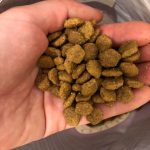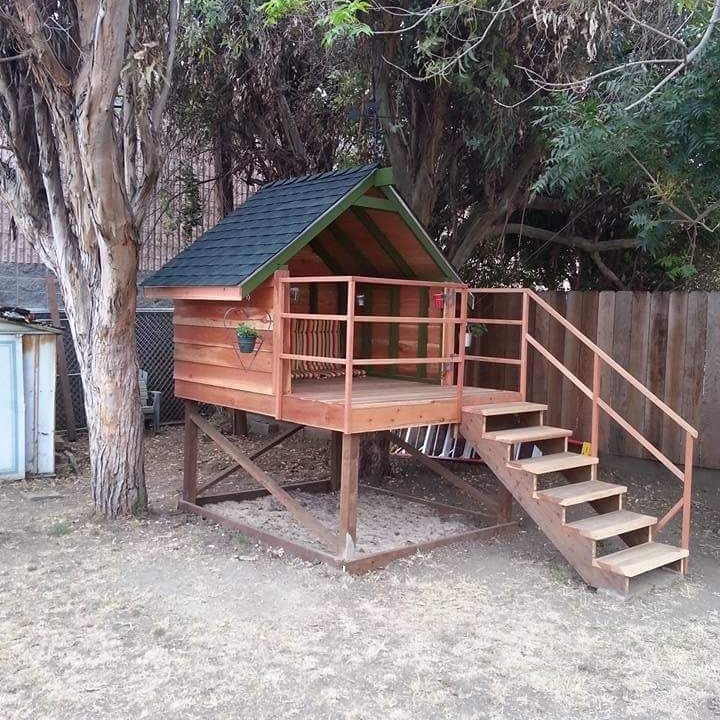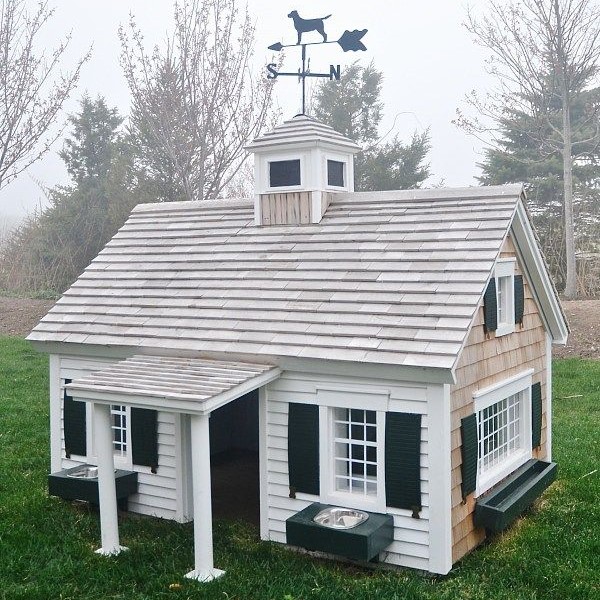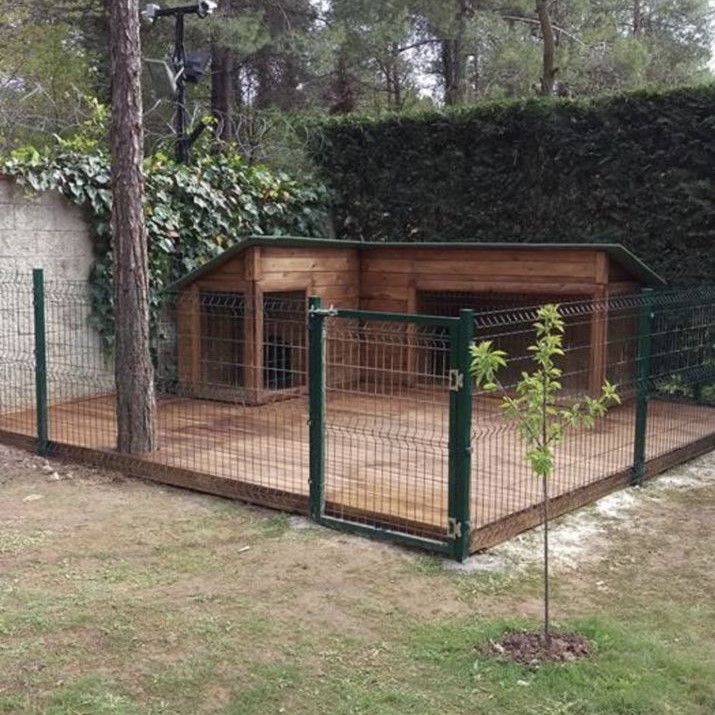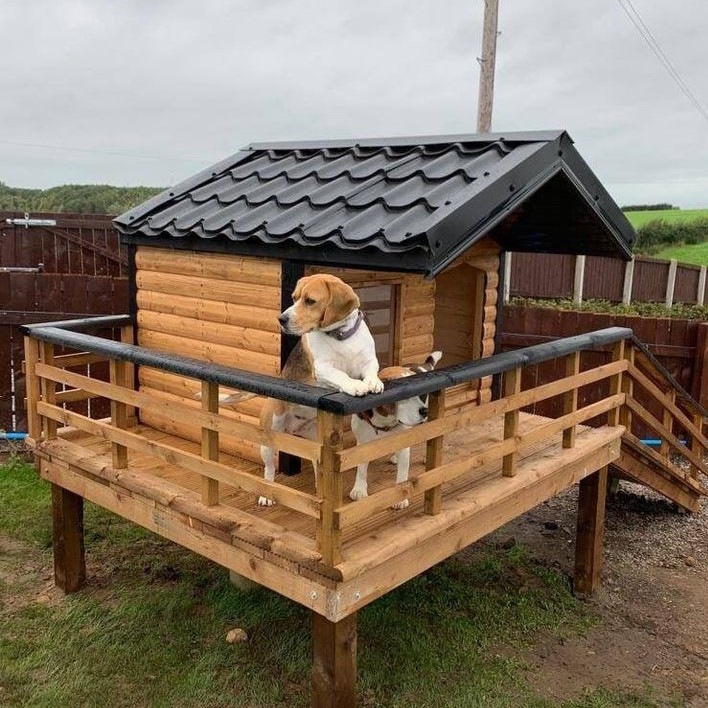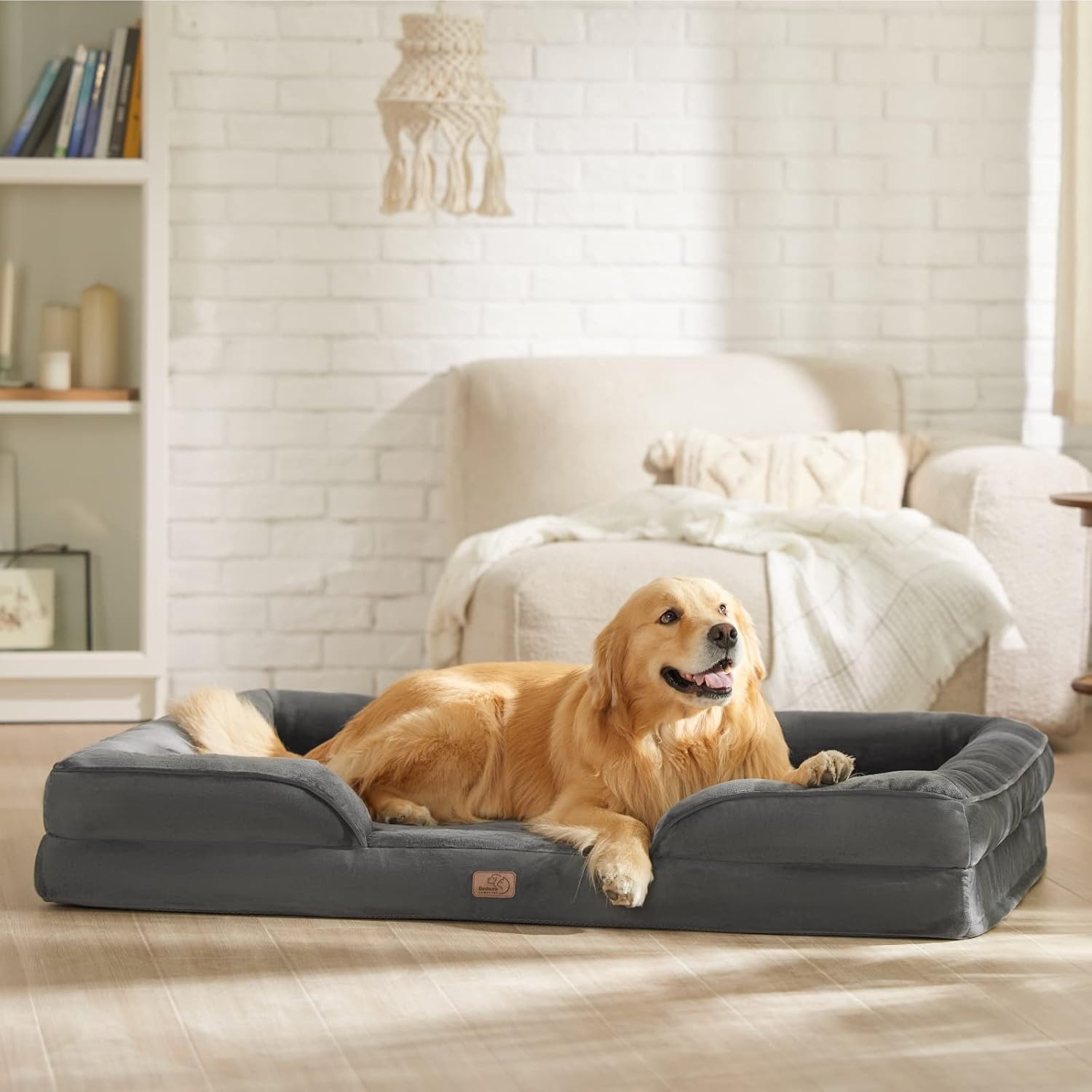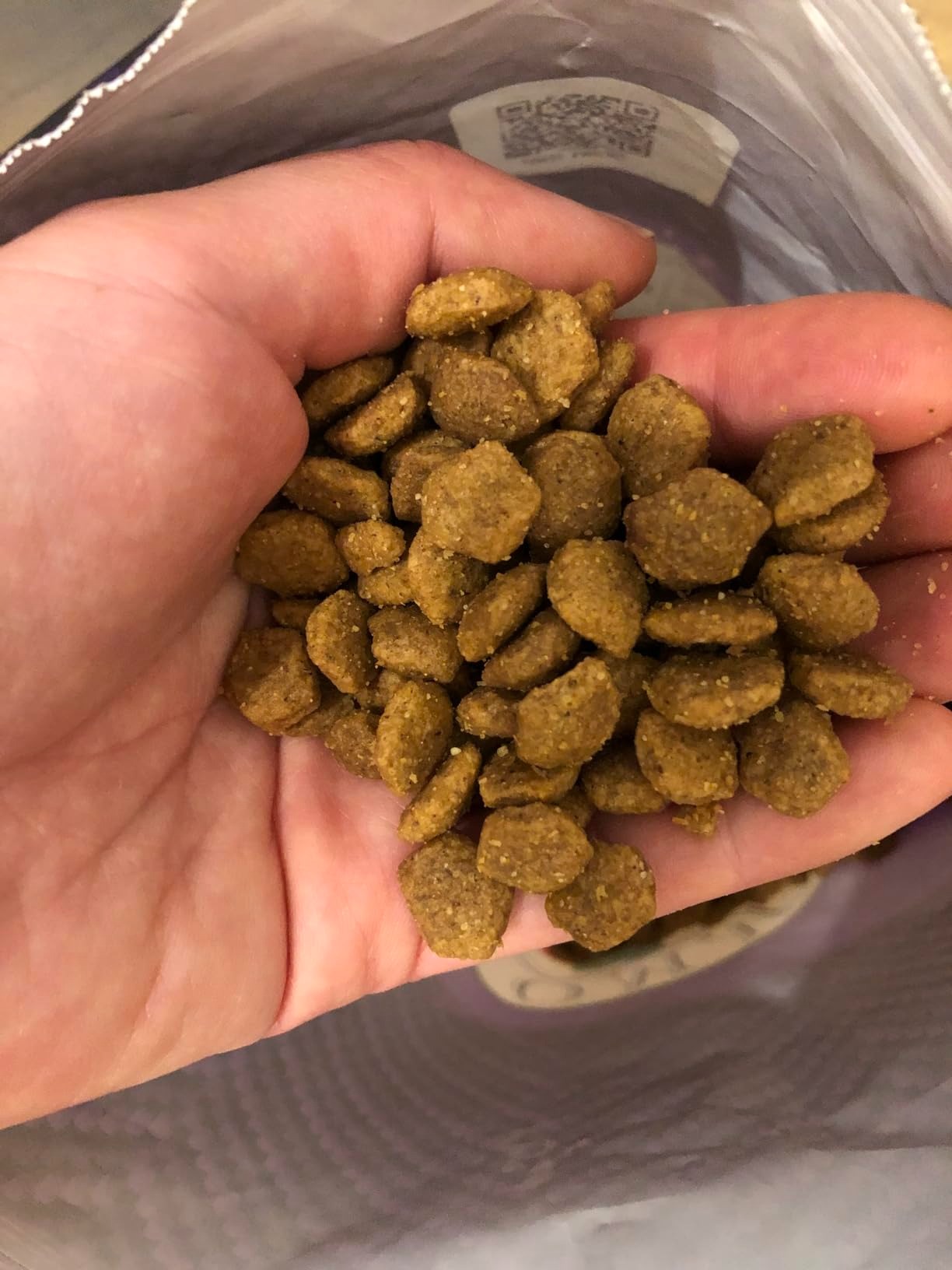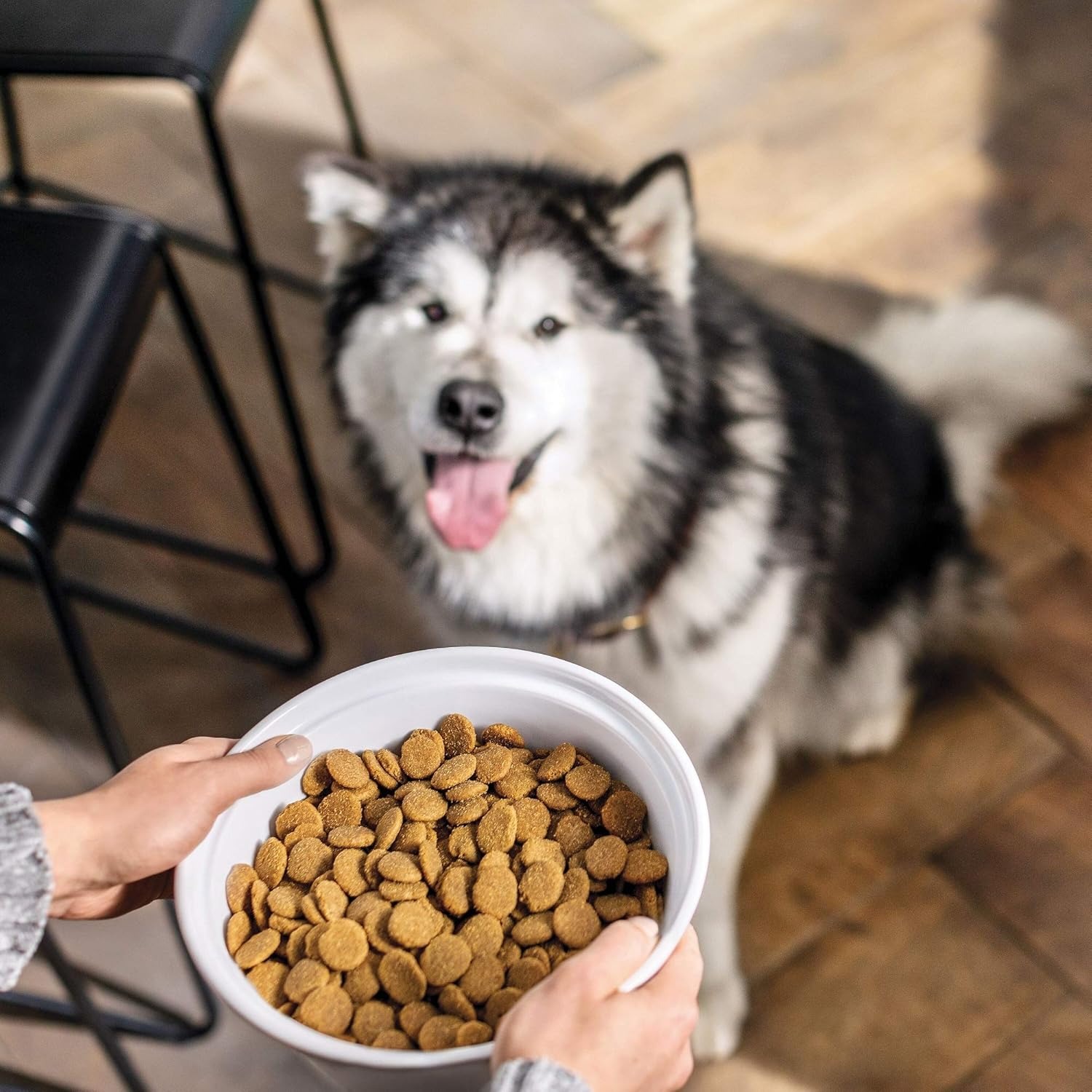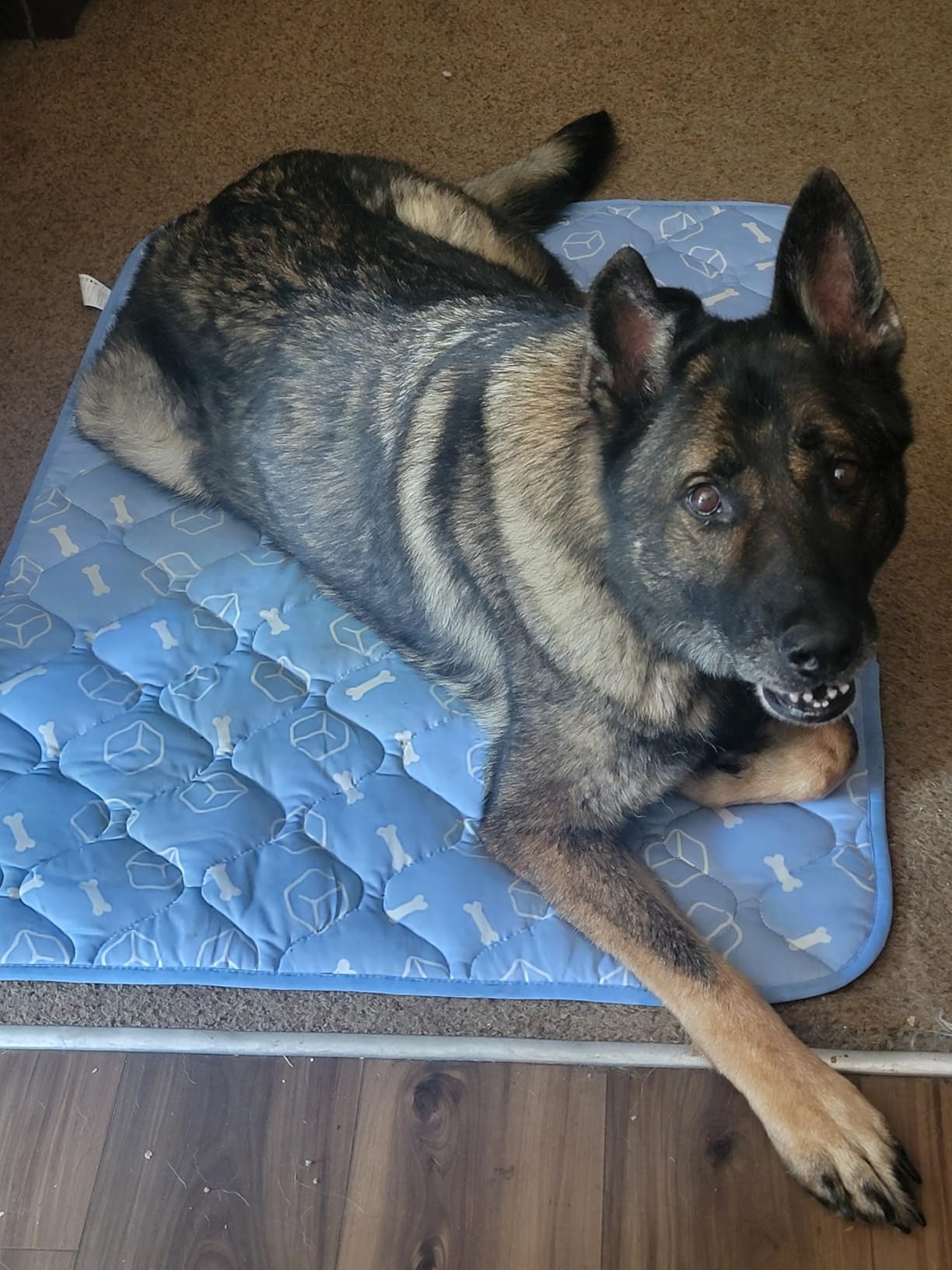Introduction to Dog Houses for Large Dogs
When it comes to caring for your beloved large dog, choosing a suitable dog house is of paramount importance. Dog houses for large dogs must provide ample space and protection from the elements while ensuring comfort and safety. A massive dog house can serve as a secure retreat for your pet, offering them a designated space to relax and feel safe. This article aims to explore various durable designs, highlight key features of quality dog houses, and provide essential tips on maintaining your pup’s outdoor home. Equipping yourself with this knowledge will empower you to make the best decision for your furry friend.
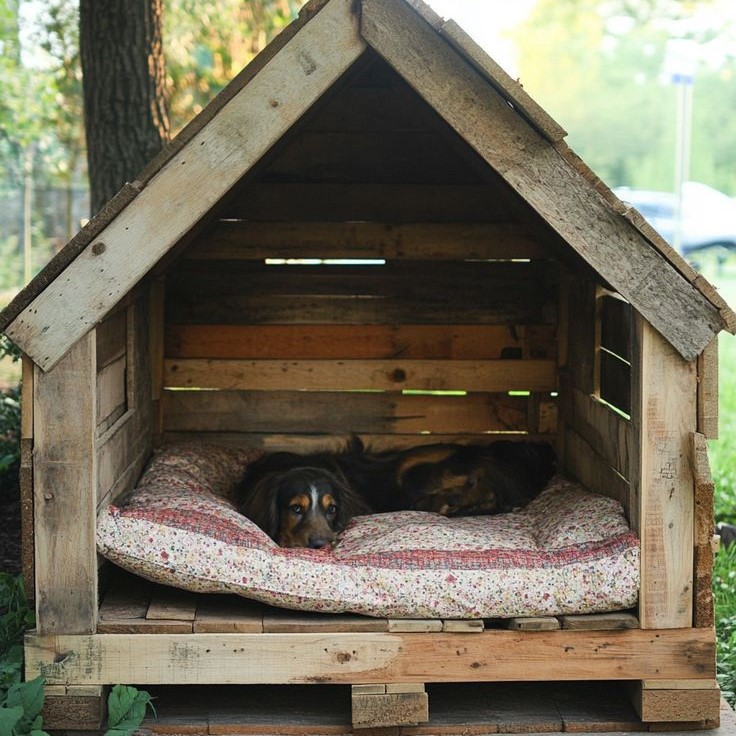
Understanding the Importance of Durable Dog Houses
Durability is a critical factor when selecting dog houses for large dogs. Larger breeds tend to be more physically active and can sometimes be rougher on their environments compared to smaller dogs. Therefore, a robust design is necessary to withstand rigorous use. Here are some reasons why durability matters:
- Resilience to Weather Conditions: Quality dog houses are built to withstand various weather elements, from rain and snow to scorching heat. Materials such as high-quality treated wood, heavy-duty plastics, and galvanized metal ensure that the house will last despite the changing weather patterns.
- Prevention of Structural Damage: Massive dog houses should be constructed to endure the weight and size of larger breeds. A well-built house minimizes the risk of collapse, which can pose significant harm to your pet.
- Maximized Comfort: Dogs thrive in comfortable environments. Durable materials not only provide a safe haven but also contribute to a pleasant climate inside the house. Insulated and weather-resistant designs help maintain an optimal temperature for your dog, regardless of the season.
- Hygienic Environment: Durable dog houses often feature designs that facilitate easy cleaning, thus promoting hygiene. A proper setup minimizes the chances of mold, decay, or pest infestations, maintaining a healthier space for your pet.
Key Features of Dog Houses for Large Dogs
When searching for the best dog houses for large dogs, certain features can enhance your experience and ensure your dog’s comfort. Consider the following key elements:
- Size and Space: A suitable dog house should allow your large dog enough space to stand, turn around, and lie down comfortably. Measuring your dog’s dimensions before purchasing is vital. The house shouldn’t feel cramped; generous space allows for freedom of movement, contributing to comfort and reducing anxiety.
- Insulation and Ventilation: Insulation is essential in dog houses for large dogs, especially if you live in areas with extreme temperatures. Look for houses that are insulated to keep your dog warm in the winter and cool during the summer months. Additionally, ensure proper ventilation through vents or windows to promote air circulation, preventing overheating.
- Ease of Access: A dog house should have a wide entrance to ensure easy access, particularly for older or larger dogs. Consider dog houses with ramps or low thresholds to facilitate entry and exit.
- Weather Resistance: Look for materials that are resistant to weather conditions, such as UV rays, rain, and snow. Durable roofs should allow rain and snow to run off easily, preventing water accumulation that can lead to leaks or decay.
- Flooring and Elevation: Elevated dog houses keep your dog off the ground, improving comfort and dryness. Raised floors protect against flooding during rains and promote air circulation beneath the house, reducing heat buildup.
Popular Materials for Dog Houses
Selecting the right material is essential for the durability and comfort of dog houses for large dogs. Here are common materials and their attributes:
- Wood: Wooden dog houses are traditional choices, offering excellent insulation. Ensure that the wood is treated to resist rot and insects. Regular maintenance, including staining and sealing, extends the life of wooden dog houses.
- Plastic: Heavy-duty plastic dog houses are lightweight, easy to clean, and resistant to moisture. They also offer good insulation. While they are often less expensive than wooden options, ensure that the plastic used is robust and designed to withstand UV rays.
- Metal: Metal dog houses provide exceptional durability and can hold up against harsh weather conditions. However, they may not provide adequate insulation and can get uncomfortable in extreme temperatures. If choosing metal, consider models designed with insulation features.
- Composite Materials: Composite houses blend the strength of wood and the resilience of synthetic materials. These options offer easy maintenance and durability without needing regular treatments.
- Fabric or Soft-Sided Options: Some dog owners opt for soft-sided houses, especially for travel. While not as durable as solid structures, they can provide comfort and portability for occasional use.
Customizing Your Dog House
Every dog has unique preferences, which can be met through customization. Here are ways to personalize your dog house:
- Bedding Options: Adding soft bedding or cushions inside creates comfort for your dog. Look for water-resistant, washable materials to maintain hygiene.
- Nameplate or Signage: Personalizing your dog house with a nameplate adds a special touch. It makes the house uniquely theirs, helping your dog feel more at home.
- Shady Additions: Placing a shading tarp or awning can provide extra heat protection during summer. This small upgrade can enhance comfort by keeping the house cooler.
- Decorative Elements: Customize the house with paint or decorations that reflect your dog’s personality or your home decor. Keep in mind to use non-toxic materials.
Choosing the Right Location for Your Dog House
Location plays a vital role in maximizing your dog house’s effectiveness. Here are some tips for selecting the best spot:
- Shade and Shelter: Position the dog house in a shaded area to protect your dog from direct sunlight. Under trees or eaves of buildings can be ideal spots.
- Accessibility: Ensure that the location is easily accessible to your dog. It should be a space where they feel relaxed and secure.
- Elevated Ground: Choosing a slightly elevated spot will help prevent flooding during rainstorms. Avoid low-lying areas that may accumulate water.
- Away from Foot Traffic: Keep your dog house away from busy walkways or locations with high human activity. Providing a calm, quiet space allows your dog to retreat and relax.
Maintenance Tips for Dog Houses
Maintaining your dog house is essential in ensuring its longevity and your dog’s health. Here are important maintenance tips:
Regular Inspections
- Routine Checks for Damage: It’s important to conduct regular inspections of your dog house to identify any signs of damage or decay. Look for cracks in the structure, broken doors or hinges, and any loose or missing roofing. Regular checks will help you catch problems early before they become significant issues that require extensive repairs.
- Identifying Signs of Wear: Pay attention to specific indicators of wear and tear, such as rust on metal elements, rot in wooden parts, or any signs of insect infestations. Early identification allows for prompt action, enhancing the longevity of the dog house and ensuring a safe environment for your pet.
- Prompt Repairs: If damage is discovered during your inspections, promptly address the repairs. Fixing issues like minor cracks or loose shingles right away prevents them from worsening and helps maintain a safe shelter for your dog. Keeping your dog house in good condition is essential to protect your pet from environmental factors such as rain, snow, or pests.
- Safety Considerations: Regular inspections not only preserve the dog house but also safeguard your dog’s health. A well-maintained house can prevent injuries caused by falling debris or sharp edges. Hence, routine checks are a critical part of responsible pet ownership.
Deep Cleaning
- Establish a Cleaning Schedule: Regular cleaning of the dog house is crucial for maintaining a healthy living environment for your furry friend. Establish a routine cleaning schedule—ideally, once a week or at least biweekly, depending on how often your dog uses the space.
- Removing Dirt and Debris: During deep cleaning, start by removing all items from the dog house, such as toys, bedding, and food bowls. Sweep or vacuum the interior to clear out dirt, debris, and any leftover waste. Inspect the area for any signs of pests or unwanted residues that need addressing.
- Using Pet-Safe Disinfectants: After clearing the space, use pet-safe disinfectants to wipe down all surfaces inside the dog house, including walls, floors, and furnishings. Always ensure that cleaning products are non-toxic and safe for pets. Rinse thoroughly and allow sufficient drying time before placing items back inside.
- Sanitizing Bedding and Toys: Don’t forget to also clean your dog’s bedding and toys regularly. Wash bedding in hot water to eliminate bacteria and pests, and inspect toys for damage. Regular cleaning helps prevent odors and ensures your dog has a hygienic space to retreat.
Seal and Weatherproof
- Seasonal Inspections: At the end of each season, it’s essential to inspect the dog house for any openings or cracks that may have developed due to weather exposure. Changes in temperature and humidity can affect the structure, making routine checks crucial for maintaining the dog house’s integrity.
- Sealing Openings: Use a suitable waterproof sealant to fill any gaps or cracks you discover during your inspection. Sealing these openings protects the interior from moisture and prevents water damage. Ensure that the sealant is pet-safe and compatible with the materials used for building the dog house.
- Weatherproofing for Longevity: Applying a weatherproofing coat on the wooden structure can prevent peeling and rot caused by moisture exposure over time. This additional layer helps extend the lifespan of the dog house, keeping it sturdy and safe for your pet year-round.
- Regular Maintenance Checks: A well-sealed dog house not only protects against weather elements but also helps maintain a stable and comfortable environment inside. By making this a part of your seasonal maintenance routine, you can prevent excessive wear and keep your dog’s living space secure and dry.
Bedding Maintenance
- Replacing Bedding Regularly: Keeping your dog’s bedding clean and comfortable is essential for their well-being. Regularly replacing the bedding helps maintain a hygienic environment and provides your dog with a cozy place to rest. Aim to replace bedding at least once a week or more often if it’s heavily soiled.
- Choosing the Right Material: Select bedding materials that are durable and easy to clean for long-term use. Options like washable fleece blankets, padded mats, or waterproof liners are excellent choices. Each material provides comfort while being practical for routine maintenance.
- Washing Bedding: When washing bedding, use hot water to kill any bacteria, fleas, or pests that may be present. Allow the bedding to dry completely before placing it back in the dog house to ensure moisture does not promote mold or mildew growth.
- Creating a Comfortable Space: By maintaining clean and fresh bedding, you enhance your dog’s comfort and well-being. A well-kept bed contributes to their overall happiness and health, ensuring they have a warm and inviting area to relax in.
Seasonal Preparation
- Preparing for Seasonal Changes: Preparing your dog house for seasonal changes is crucial for your dog’s comfort and safety throughout the year. Different weather conditions affect how the dog house performs, so adjustments are necessary as the seasons shift.
- Adding Insulation in Winter: During colder months, consider adding insulation to the dog house to prevent drafts and retain heat. You can insulate the walls with foam board or blankets and add a flap door to protect your dog from wind. Making sure your dog has a warm shelter can help them stay comfortable during frigid temperatures.
- Ventilation for Summer: In warmer months, proper ventilation is vital to keeping the dog house cool. Ensure that there are adequate ventilation options, such as vents or windows that can be opened. This helps prevent overheating and allows fresh air to circulate, creating a more pleasant environment for your dog.
- Evaluating the Entrance and Shade: Check the entrance of the dog house to ensure it remains shaded from direct sunlight during hot periods. Implementing an awning or placing the dog house in a shaded area can further protect your pet from excessive heat. Regularly reviewing these adaptations ensures that your dog house remains a safe and comfortable haven for your pet.
Conclusion: Providing the Best Dog House for Your Large Dog
In conclusion, providing a durable, comfortable dog house is essential for your large dog’s happiness and well-being. The right choice in dog houses for large dogs considers durability, weather resistance, and appropriate size. By understanding the key features to look for and ensuring proper maintenance, you can create a safe and inviting environment for your furry friend.
Customizing your dog house adds a personal touch, making it a true home for your pet. By following the tips provided, you can ensure that your dog’s house remains in top condition, promoting comfort and hygiene throughout their time spent outdoors. Your large dog deserves a massive dog house that not only meets their needs but also keeps them safe and secure in various weather conditions. Ultimately, a well-chosen dog house contributes significantly to your dog’s quality of life, providing them with a space to retreat, rest, and feel comfortable.

